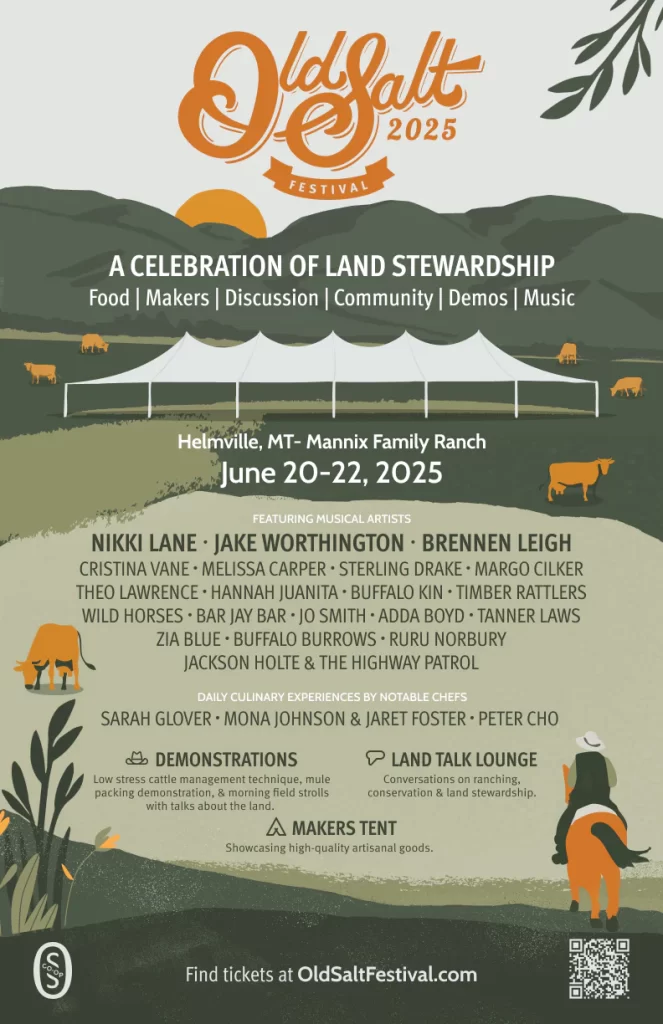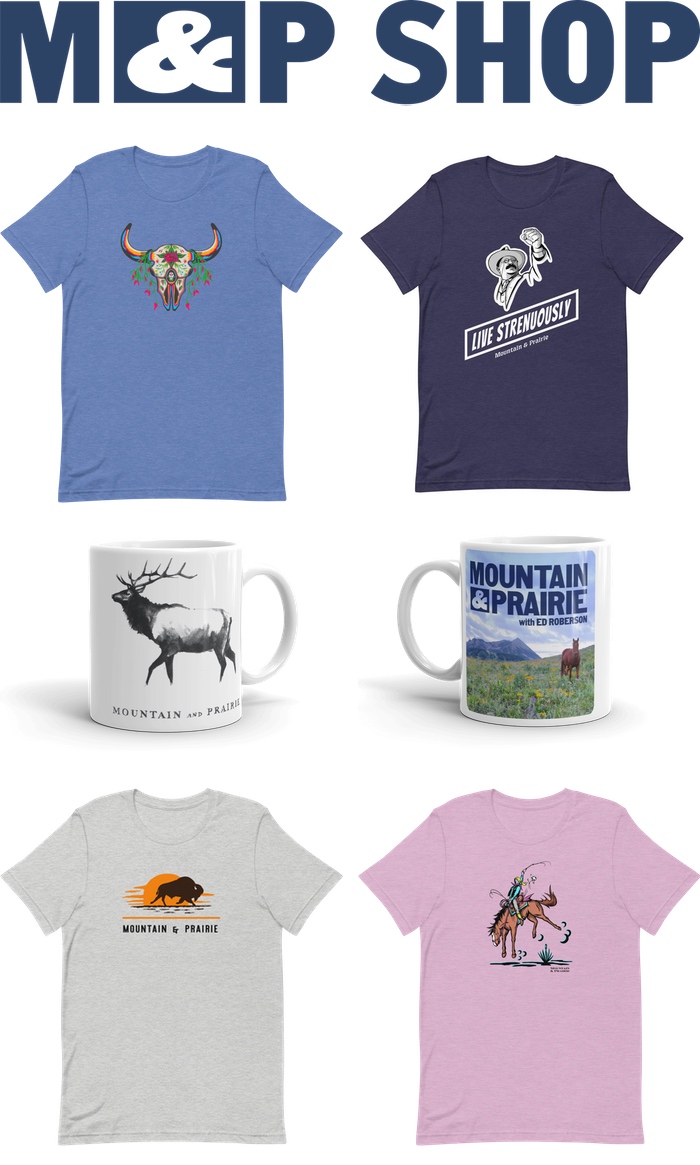This article originally appeared in “Crossroads, Spring 2016 Issue,” the Colorado Cattlemen’s Agricultural Land Trust newsletter. You can download a pdf of the article here, watch CCALT’s “Forever Colorado” video here, and support CCALT’s efforts here.
The great western author Wallace Stegner believed that Americans generally fit into one of two categories—“Boomers” or “Stickers.” Boomers are “those who pillage and run” and want “to make a killing and end up on Easy Street.” Stickers are just the opposite—they are “motivated by affection, by such a love for place and its life that they want to preserve it and remain in it.”1
Since America’s westward expansion, the West has always attracted more than its fair share of Boomers. Like moths to a flame, Boomers have flocked to the West for its expansive landscapes and natural resources that offer a potential one-way ticket to Easy Street. Western history is full of flamboyant, infamous Boomers – from trappers to miners, from developers to oilmen – who have descended on an area and, as quickly as they could, extracted every last bit of value from the land. When the resource (pelts, gold, land, oil) was diminished to the point of unprofitability, the Boomers picked up, moved the entire operation to a new area, and repeated the process.
Ranchers, however, are the anti-Boomers. Since the first cattle drives came West, ranchers have relied completely on their specific parcel of land to sustain their operations year after year, generation after generation. Boomers have come and gone time and again, but ranchers have remained steadfast, respectfully stewarding their ranches, ensuring that they are healthy and productive from one year to the next.
Ranchers are Stickers. They are in it for the long haul, and they must ensure that their finite natural resources (land, grass, water) not only produce this current year, but every year for the next 50 years. The idea of extracting every last drop of value out of a ranch with no regard for the future is a recipe for overgrazing, an unsustainable herd, and, ultimately, financial ruin. The Boomer mentality is simply incompatible with ranching.
Yes, ranchers are motivated by profit, but for many ranchers it seems that financial success is just a tool that serves their primary motivation – a desire to continue living and working on land that they love, preserving a ranching heritage that is slowly disappearing. The Sticker description seems to fit perfectly—ranchers have “such a love for place and its life that they want to preserve it and remain in it.”
CCALT plays a vital role in helping Colorado ranchers remain true to their Sticker way of life. Through its conservation easements, CCALT ensures that Colorado’s productive lands will remain true working ranches forever. No matter what type of economic pressure the Boomers dole out, ranchers will be able to continue doing their meaningful work in places they love and respect.
For the non-rancher, it is important to understand that the positive impacts of protecting these working ranches go far beyond agriculture. Conserved ranches benefit families, communities, economies, water resources, and the outdoor-centric lifestyle that makes Colorado so special. Any Coloradan who loves the state’s expansive open spaces and scenic vistas should support CCALT and its critical work protecting ranches and ranching heritage.
—-
1 Wendell Berry, It All Turns on Affection (2012)







 ️ sand
️ sand



 Need to lighten the mood?
Need to lighten the mood?

